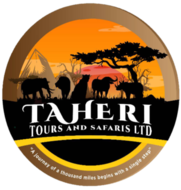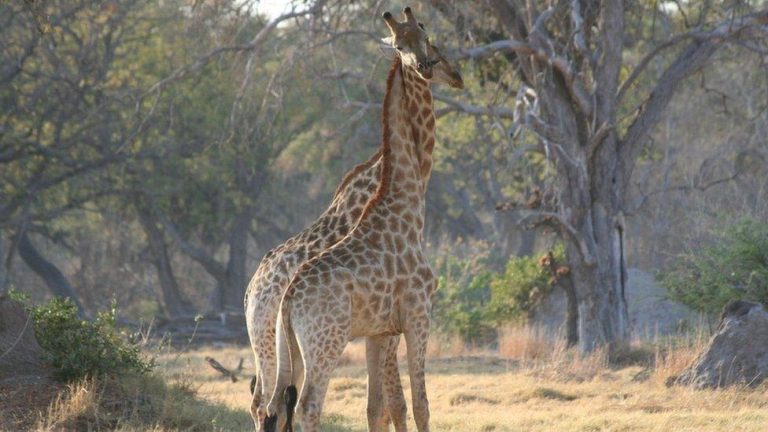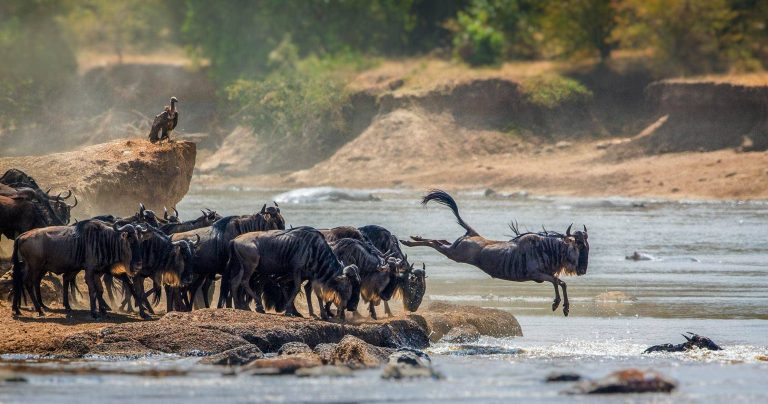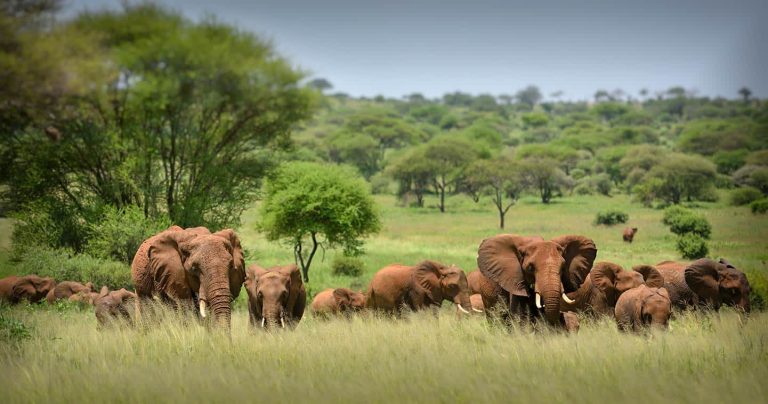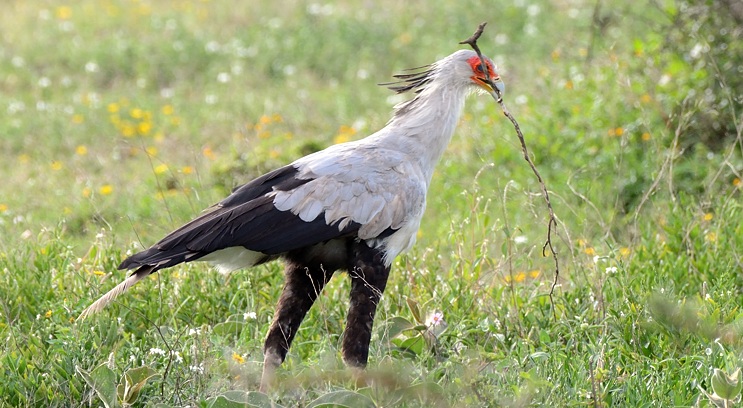The Serengeti, a vast and timeless landscape stretching across Tanzania and into Kenya, is home to one of the most astonishing wildlife spectacles on Earth. While travelers are often captivated by the breathtaking migrations and predator-prey interactions, few realize that the movements of these animals are dictated by something even more ancient—prehistoric trails that have existed for thousands, possibly millions, of years. These ancient paths, carved into the land over countless generations, serve as a lifeline for survival, guiding modern animals in their search for food, water, and safety.
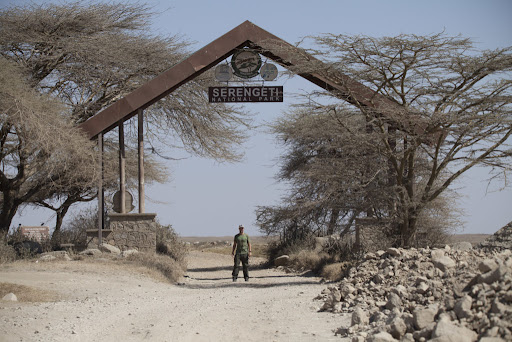
1. The Origins of the Serengeti’s Ancient Trails
The Serengeti’s migration routes and wildlife corridors are not random; they are etched into the DNA of the landscape and its inhabitants. These trails have been shaped by multiple factors over millennia:
- Geology and Topography: Natural formations like the Great Rift Valley, ancient riverbeds, and volcanic activity have influenced where animals move.
- Climate Patterns: Seasonal rainfall and changing water sources dictate migration paths.
- Predator-Prey Dynamics: Animals instinctively follow routes that maximize their chances of survival.
- Evolutionary Memory: Some animals inherit a deep-rooted knowledge of these trails, ensuring the survival of their species.
Fossil evidence suggests that these trails were used by prehistoric megafauna such as giant buffalo, early giraffes, and even extinct elephant species long before today’s famous Serengeti wildlife existed.
2. The Great Migration: Walking in the Footsteps of Ancestors
One of the most famous journeys in the natural world is the Great Wildebeest Migration, in which over 1.5 million wildebeest, accompanied by zebras and gazelles, travel thousands of kilometers in a continuous cycle through the Serengeti and Maasai Mara.
2.1. A Path Traced Over Millennia
- These migration routes are thought to be tens of thousands of years old, passed down through generations.
- Modern GPS tracking confirms that wildebeest follow nearly identical paths year after year, despite environmental changes.
- Even during times of drought, wildebeest instinctively follow paths that lead to long-hidden water sources, showing a deep-seated ancestral memory.
2.2. The Role of Scents and Landmarks
- Wildebeest and zebras recognize migration trails through olfactory cues, picking up scents left behind by previous herds.
- Ancient landmarks, such as acacia trees, termite mounds, and river crossings, act as natural signposts.
- Elephants, who are known for their long memory, also lead their herds along established migratory paths, avoiding danger zones like poacher-heavy regions or lion territory.
3. Elephant Highways: The Deep Memory of Giants
Elephants are known for their remarkable memory, and nowhere is this more evident than in their use of ancient trails.
3.1. Paths Carved Over Centuries
- Elephant trails are so deeply ingrained that they literally shape the Serengeti’s landscape, forming corridors that influence vegetation growth.
- Satellite imagery reveals visible paths cut into the landscape by generations of elephants.
- Some of these paths were likely used by extinct elephant relatives, such as the straight-tusked elephant of prehistoric Africa.
3.2. Seeking Hidden Water Sources
- Elephants remember hidden waterholes, sometimes leading their herds to underground sources unseen for decades.
- During droughts, older elephants guide younger generations along forgotten trails to seasonal rivers that have dried on the surface but still flow underground.
4. Predator Pathways: Lions, Hyenas, and the Hunt
While herbivores follow ancient migration paths for food and water, predators such as lions, hyenas, and cheetahs use these same trails to their advantage.
4.1. Stalking the Herds
- Lions and hyenas have learned that migration routes are reliable hunting grounds.
- Some prides have occupied the same hunting territories for generations, using strategic spots like riverbanks and open plains for ambushes.
- Even cheetahs, which rely on speed rather than ambush, position themselves along these corridors to maximize hunting success.
4.2. The Role of Scavengers
- Vultures and jackals use the movement patterns of predators to anticipate kills.
- Studies suggest that vultures may have an innate knowledge of migration routes, allowing them to position themselves near likely feeding areas.
5. Hidden Highways: Secret Paths of Smaller Creatures
While the grand migrations capture the world’s attention, smaller animals also rely on ancient routes.
5.1. Termite Superhighways
- Some termite species construct long underground tunnels that align with elephant and wildebeest trails.
- These tunnels allow termites to move safely beneath the surface, avoiding predators while foraging.
5.2. Underground Rodent Networks
- Mole rats and other burrowing rodents use long-established burrow networks, which sometimes intersect with larger animal paths.
- These tunnels act as refuges during seasonal floods, showing how even subterranean creatures adapt to ancient routes.
6. Human and Wildlife Crossroads: Protecting Ancient Trails
For centuries, humans have also followed these same trails. Indigenous Maasai people have long coexisted with Serengeti wildlife, understanding the importance of these corridors.
6.1. The Threat of Habitat Fragmentation
- Expanding human settlements, roads, and fences are blocking ancient migration routes, leading to conflicts between wildlife and people.
- Wildlife corridors must remain open to ensure the continued survival of migratory species.
6.2. Conservation Efforts
- Organizations are working to map and protect ancient animal highways.
- Ecotourism initiatives encourage responsible travel that supports conservation while allowing visitors to witness these spectacular journeys firsthand.
7. The Future of Serengeti’s Ancient Trails
Despite modern challenges, these trails remain a testament to the resilience of Serengeti’s wildlife. As climate change alters landscapes and human development encroaches on nature, conservation efforts must prioritize keeping these routes open.
By protecting these pathways, we are not only safeguarding the natural heritage of the Serengeti but also ensuring that future generations—of both animals and humans—can continue to walk these ancient trails.
Final Thoughts: A Journey Through Time
Next time you visit the Serengeti, take a moment to appreciate that the land beneath your feet has been walked by countless generations of wildlife—from prehistoric creatures to modern elephants, from ancient predators to today’s majestic lions. These trails tell a story older than humanity itself, reminding us of the deep, interconnected history of life on Earth.
